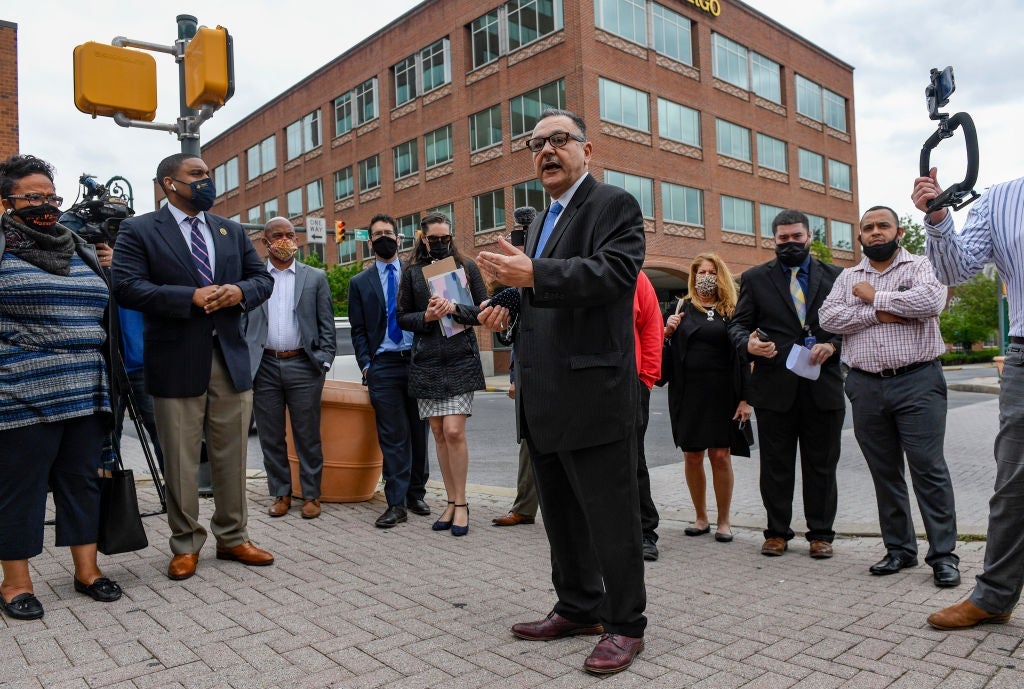
Investing in opportunity zones can have a positive impact on low-income communities in impoverished areas of the US, as they can boost economic growth and job creation, as well as provide tax benefits for the investor.
“The opportunity zones legislation is designed specifically to ‘level up’ deprived neighbourhoods by providing tax incentives to investors with capital gains that make long-term investments into communities located in opportunity zones,” says Joseph Luna, managing partner at investment management company OZ Invested.
What are opportunity zones and who lives there?
The US’s qualified opportunity zones, which were created by the 2017 Tax Cuts and Jobs Act, are an economic development tool that permits people to invest in areas in the country suffering from social or economic hardships. There are thousands of low-income communities in all 50 US states, as well as the five US territories (American Samoa, Guam, the Northern Mariana Islands, Puerto Rico and the US Virgin Islands) that have been designated as qualified opportunity zones.
Figures reveal that the opportunity zones are largely populated by ethnic minorities. According to the Economic Innovation Group, “of opportunity zone residents, 57% are non-white minorities, compared with 39% of the country as a whole. Black Americans are particularly over-represented in opportunity zones, constituting more than twice as large a share of the zone population as they do the national population.”
Perhaps unsurprisingly, there are higher levels of poverty and unemployment and lower levels of education attainment and median family incomes in opportunity zones when compared with national rates, according to 2015–2019 American Community Survey five-year estimates.
Such statistics highlight how important the capital being driven towards these underserved areas actually is. According to Mike O'Mara, president at investment management company Ozone Capital Markets, there are two important outcomes from this investment. “First, historically marginalised communities have constantly faced barriers to raising capital," he says. "This limits the scale of any businesses that prevents these entrepreneurs from earning generational wealth. This constant cycle of headwinds for these communities reaffirms the inequities that face our society. Second, access to affordable and newer housing is needed in many of the 8,700-plus opportunity zone tracts across our country."
What are the investment opportunities in opportunity zones?
A greater availability of affordable housing is one example of how investment in opportunity zones can help deprived areas in the US to level up, while offering the investor favourable tax incentives. Such incentives are also helping fund new housing ventures that include low-income housing, workforce housing and mixed-use housing. In many opportunity zones, there are vacant or soon-to-be-vacant retail and office spaces that can be redeveloped into housing with an affordable and social impact component.
There are several significant opportunities for impact investing in opportunity zones, according to Anita Graham, principal at asset manager Arctaris Impact Investors. She explains that her organisation has backed more than a dozen projects, with more in the pipeline, that generate strong returns while delivering societal impact, including investments in affordable housing, broadband fibre and in companies that create jobs and liveable wages in opportunity zones. “Making sure that we select the most impactful opportunities that yield the best returns for our investors must remain our priority," she says. "Critical to this is deep partnerships with local governments and community programmes.”
John Boyd, principal at location consultancy Boyd Company, adds that opportunity zones offer a powerful incentive for companies and developers to promote equitable development and social impact goals, amid facilitating the hiring of a more diverse workforce and infusing new capital investment into distressed areas.
Jaebadiah S Gardner, founder and CEO at international real estate investment and development company GardnerGlobal, says that when investing or hiring, a company should seek out women or minority-owned companies in order to ensure that opportunities are given to people from all backgrounds.
With many different types of investment pouring into opportunity zones, there are rising concerns that this could lead to an increase in rents and food prices, or even gentrification, thus leaving those in need of assistance priced out of these areas.
Gardner explains that it is important that the people living in opportunity zones are able to participate alongside the investors in these areas, and share the profitability of their project, perhaps through turning the renters into owners, which could then lessen the risk of gentrification. Such worries, however, should not distract from the fact that projects in opportunity zones bring with them economic growth and job creation.
How can FDI help in the development of opportunity zones?
Multinational companies seeking sites in which to invest in the US routinely prioritise sites within opportunity zones, according to Boyd. “Above and beyond the tax credits, doing a project in an opportunity zone can bring forth community goodwill, generate positive public relations and additional benefits in the political arena," he says. "Locating in an opportunity zone can help a company present a project as a public good – helping attract and retain workers, making incentives less contentious and even potentially creating new government and corporate procurement benefits.”
Gardner adds that foreign direct investment can act as an equaliser in opportunity zones, as it can be a catalyst for a lot of communities, if and when they connect with the right developer that will combine favourable returns with an approach that focuses on social justice within that community.
Investments in opportunity zones can have a positive impact on levelling up in deprived areas, despite the risk of gentrification. However, the key point when investing in an opportunity zone is to align the investments with the needs of the community, as this will give the investment the best chance of boosting the area's economic development, helping work towards the achievement of the UN’s Sustainable Development Goals, as well as offering solid returns and tax benefits to the investors. This is a genuine win-win situation.







